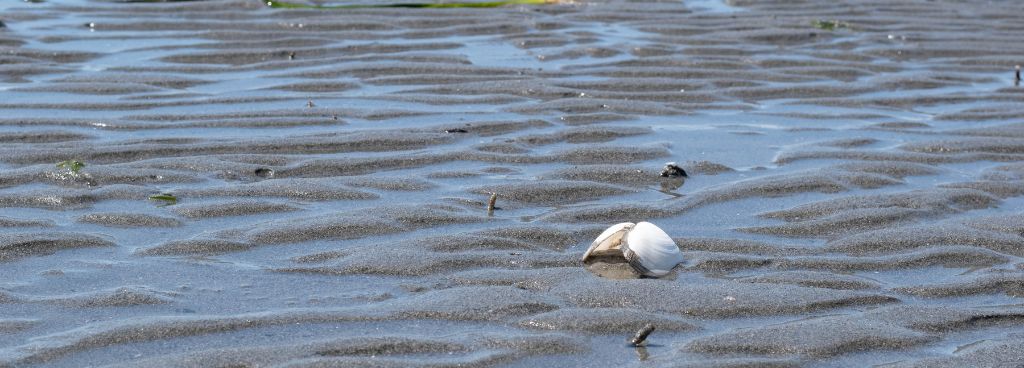Stories Worth Reeling In...
Last Updated on October 2, 2023
Have you ever wondered if it’s worth fishing at low tide? Many anglers are intrigued by the idea of venturing out during this unique phase of the tide.
We’ll explore the pros and cons, offer tips and techniques, and address safety considerations to ensure you have the knowledge and confidence to make the most of your low-tide fishing adventures. So, let’s dive in and discover if fishing at low tide is truly worth it.
Table of Contents
Low tide refers to the period when the water level is at its lowest point during the tidal cycle. It occurs when the gravitational forces of the moon and the sun align in a way that creates a lower water level.
This phenomenon has a direct impact on fishing conditions, as it exposes areas that are typically submerged during high tide.
As the water recedes, it can concentrate baitfish and other prey in smaller areas, making them more accessible to predatory fish. The movement of water during low tide changes, affecting the distribution and movement patterns of fish.
One of the main benefits is increased accessibility to certain areas that are typically submerged during high tide. This allows you to explore shallow flats, rocky outcrops, and tidal pools that are teeming with fish.
However, fishing at low tide also comes with its share of challenges. Shallow water conditions can make navigation tricky, requiring careful maneuvering to avoid grounding or damaging your boat or equipment. Fish movement may be limited during low tide, as they seek refuge in deeper pockets or adjust their feeding patterns. This can make it more challenging to locate and target fish effectively.
To maximize the benefits and overcome the challenges of fishing at low tide, it’s important to employ the right strategies. Here are some tips to enhance your success:
The best times to go fishing are early morning or late evening when food is plentiful and fish naturally feed. Fish are most likely to bite during an hour of sunrise and within an hour of dusk. Some fish species are better caught at night than during the day.

Choosing the right bait and tackle can significantly impact your success during low-tide fishing. Consider the following recommendations:
Low tide presents unique opportunities to target specific fish species in their preferred habitats. Here are some fishing strategies tailored to different species during low tide:

Adapting your fishing techniques and bait selection based on the target species is crucial for successful low-tide fishing. Consider the following insights:
Yes, always prioritize safety when fishing at low tide. Be aware of the changing water levels, currents, and potentially slippery conditions on exposed rocks and mudflats. It’s also a good idea to fish with a buddy if possible.
Fishing at low tide can be challenging for beginners due to the changing conditions and fish behavior. However, with proper research, preparation, and some guidance from experienced anglers, it can be a rewarding experience.
By applying the knowledge and strategies shared in this guide, you can enhance your fishing experiences and increase your chances of success. Remember to adapt your techniques to local conditions and fish behaviors.
I hope this guide empowers you to make informed decisions and maximize your enjoyment while fishing at low tide. Stay curious, keep exploring, and share your memorable low-tide fishing moments with fellow anglers. Tight lines!